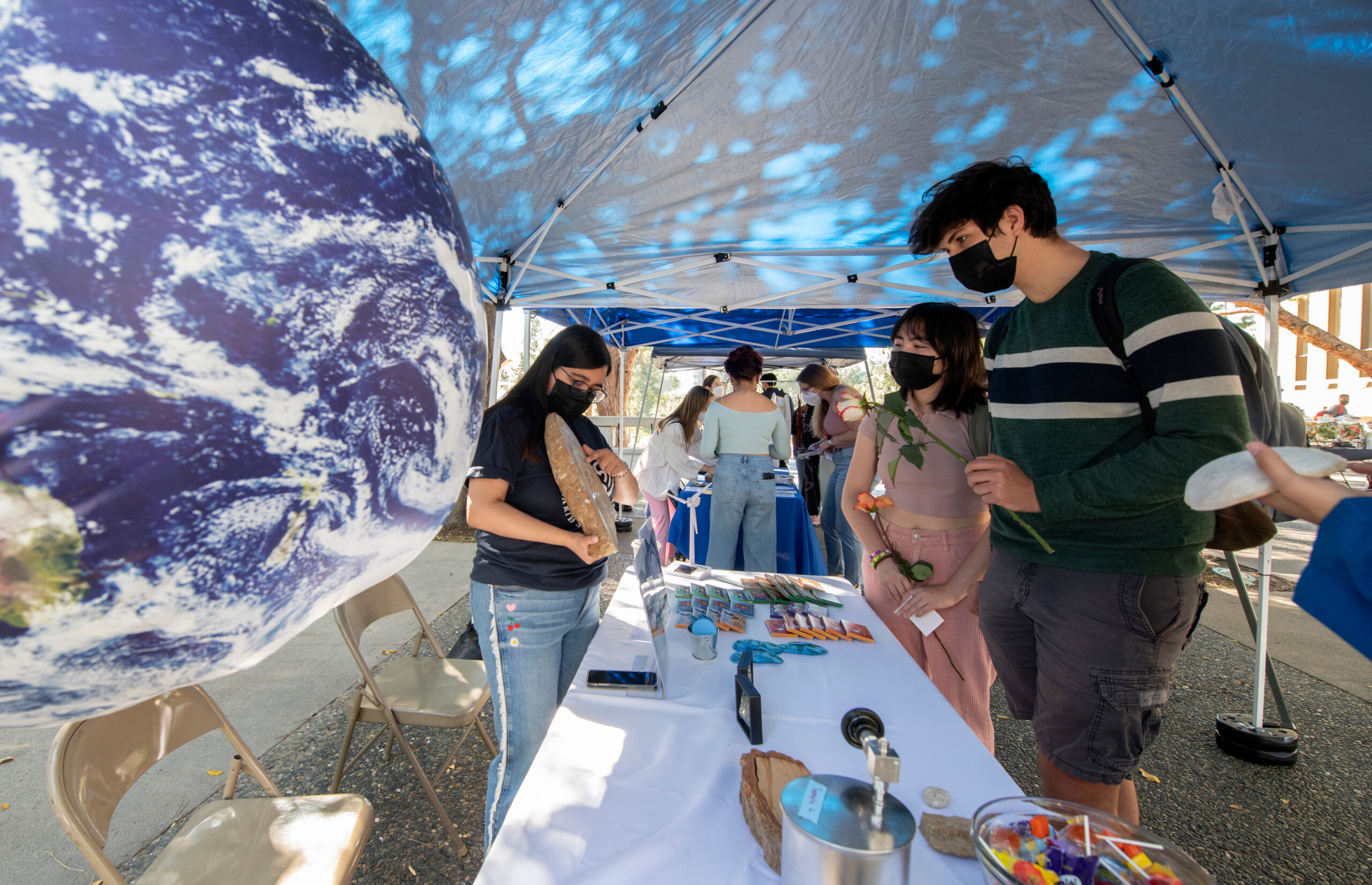What is Sustainability?
UCI identified campus-wide learning outcomes to transform sustainability learning, moving beyond the level of exposing students to sustainability principles to a level of fully integrating sustainability learning into all areas of campus practice, campus life, and the operation of the university.
- Understand the fundamental environmental, social, and economic issues underlying sustainability.
- Enhance the student learning experience through the integration of sustainability principles into collaborative learning, practices, and operations.
- Deepen the learning experience associated with sustainability to align with the needs of students as they leave the university.
“Sustainability” is the equitable endurance of natural and human systems in the present and the future. This includes scientific, technological, legal, economic, ethical, governance, social, and other issues that have an impact on the conservation of finite resources for future generations and support long-term environmental and human health
Enough For Everyone, Forever

Above you will find three circles forming a Venn diagram. In each circle is one of the “three E’s” or “three P’s” or “pillars” of sustainability. People, planet, and prosperity. Planet represents the natural resources and environmental piece which is most prominent in people’s idea of sustainability. People represents the fact that without humans enacting social structures and ideas there wouldn’t be improper resource use, and that social structures privilege certain people’s natural resource consumption over others. Finally, prosperity represents the economic structures we enact that either harm or help our natural resources and planet. This conception helps us ask critical questions to understand what is truly sustainable.
Take the avocado for example. At every stage we can ask critical questions to reveal what is and is not sustainable. Where did the seed from the avocado come from? Is it genetically modified? How much water went into growing the plant? Was that water diverted from another state or area? Where is the avocado planted? Somewhere it naturally grows or in an environment that it was never suited for? Once harvested, how far does that avocado go and how many greenhouse gas emissions are associated with the travel? When the laborers who tend and harvest go home, are they guaranteed fair living wages, fair housing, fair working conditions, and genuine health and wellbeing? We can go on and on to understand how one thing can be sustainable or not.


